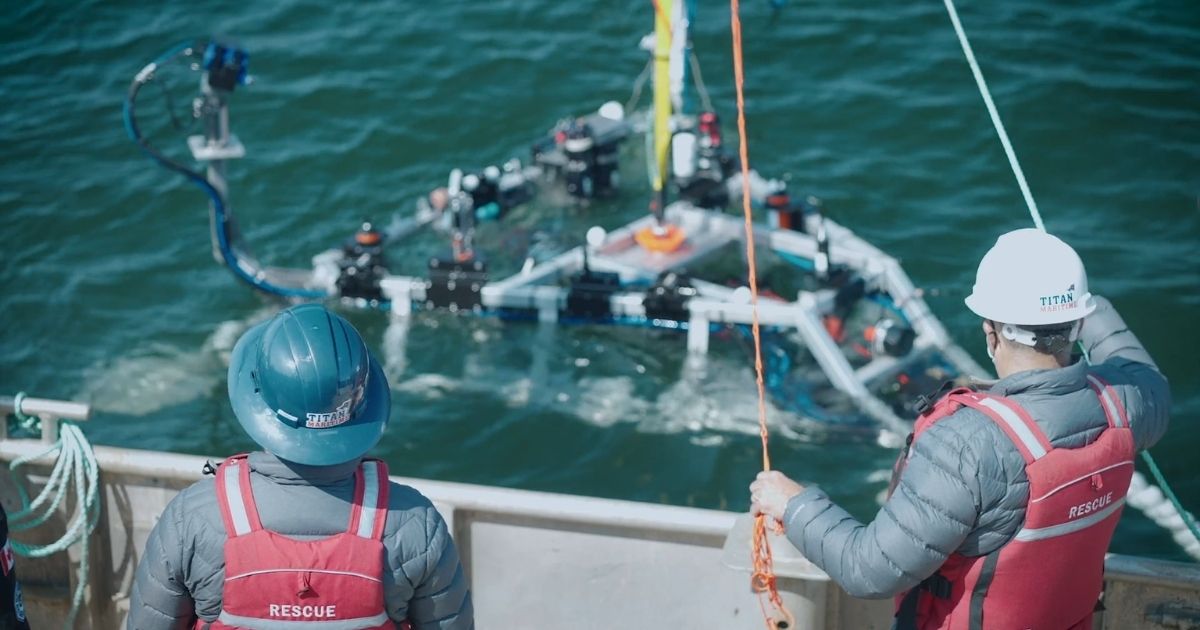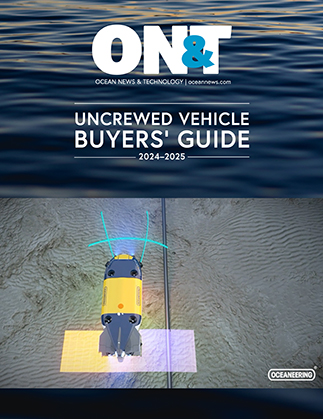The most recent technical infrastructure added to the COVE offering is Stella Maris, a multi-sensor seabed test platform with the capacity to host 16 marine sensors and devices for ocean technology firms. Designed, built, and deployed in less than a from conception, nearly 30 organizations collaborated on the development of Stella Maris. Users can remotely monitor, control, and configure equipment on the platform and access real-time ocean data feed.
This story was featured in ON&T January 2022. Click here to read more.

